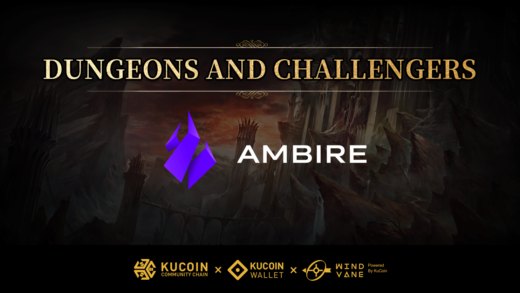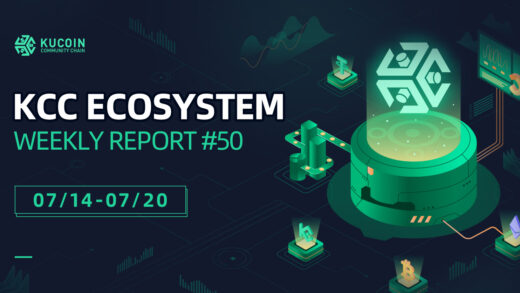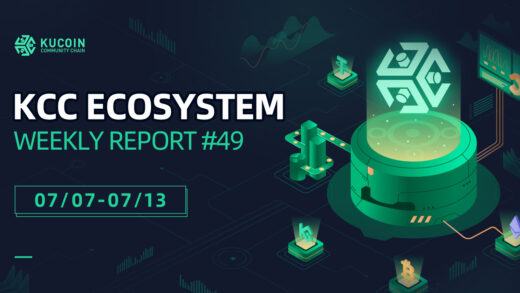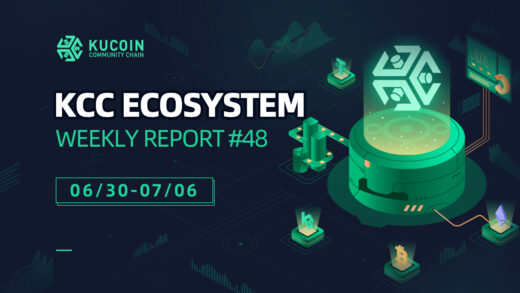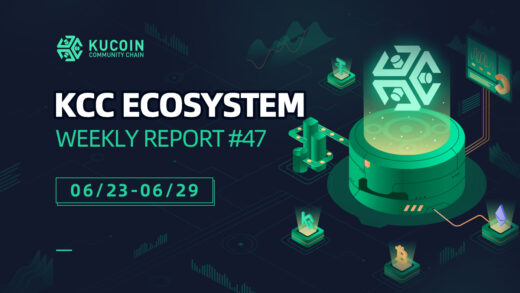Blockchain is one of the most growing technologies nowadays. As it grows, we see a lot of development and modifications of this technology, too. Blockchain works on many different consensus algorithms, all of which determine how any particular blockchain system will work in return.
When it comes to blockchains, some miners will run the blockchain completely decentralized and keep it active by creating blocks in that blockchain for the transaction. The algorithms in each blockchain decide how these miners or block creators will work. With a proof-of-stake algorithm, the miners have to stake a significant number of coins to become a validator. The validator will then be responsible for creating blocks. With a proof-of-work algorithm in place, miners compete with each other by solving complex problems to create blocks.
With the similarities and differences in both of these, you may be wondering if proof-of-stake is decentralized like proof-of-work.
Yes, proof-of-stake is also decentralized, just like proof-of-work. The blockchain makes it a decentralized model because it chooses validators randomly.
These validators or miners are working on a decentralized blockchain, and this means that validators will be chosen randomly based on the money they have staked and their history. In this scenario, new validators will also get a chance. Only validators must keep their money or coins in staking for a long time. Investors, by comparison, can stake more money to earn more chances to validate the blocks of the blockchain.
The only concern that blockchain experts have is whether the validator can influence the blockchain. To do this, they would need to hold 51% of the total cryptocurrency in the blockchain to add malicious blocks, and it is impossible to hold 51% of all cryptocurrencies of a single blockchain.
If you’re talking about Bitcoin, the most famous cryptocurrency, it works on an algorithm of proof-of-work, which needs miners to solve complicated problems by competing with each other to create new blocks in the blockchain. In this type of blockchain environment, individuals can also influence the blockchain by having good hardwares to solve the problems and create more blocks. However, they can’t influence as much as they can in a proof-of-stake scenario. They would only be able to earn more chances to validate blocks by staking more money.
Advantages of Proof-of-Stake
The proof-of-stake algorithm has many advantages for users and investors. Here are a few of them.
Smooth and fast transactions: With a proof-of-stake algorithm, you will notice smooth and fast transactions in the blockchain. This has attracted a lot of users to those new blockchains. This can only happen due to the PoS algorithm, which allows the validator to validate blocks in a blockchain more efficiently.
Less energy consumption: The main reason why Ethereum is switching from proof-of-work to proof-of-stake is due to energy consumption. It is estimated that Ethereum consumes 112 terawatt-hours, a similar amount of energy as used by the Philippines and some small European countries. This is due to the PoW algorithm. Since everyone has to compete by using powerful hardware with the PoW algorithm, the PoS algorithm solves this problem.
Economic solid interests: With PoS, you must first stake a significant amount of coins and tokens to become a validator. This means you have to stake your money in the form of coins in that blockchain, so you have to hold those coins and tokens. With PoW in place, many people pay the electricity and other expenses directly from Fiat, and that’s why they don’t hold the coins and tokens that they have mined. However, in PoS, investors have to hold coins and tokens. Also, if they want to earn more chances to validate, they would need to stake more money in the blockchain.
Proof-of-Stake vs. Proof-of-Work

The debate of PoS vs. PoW peaked when Ethereum switched from PoW to PoS. Here’s how the two compare.
- The first thing that made PoS a little superior was that it caused less energy consumption. PoW algorithms need to consume more energy to run their blockchains. Being eco-friendly was the first argument that Ethereum used for why they switched from PoW to PoS.
- However, PoW follows a more decentralized model than PoS. With PoS, the more you have to stake in a blockchain to become a validator, the more you chances you would also get to validate new blocks in that blockchain. This would give more influence or power to big investors in a blockchain.
- With PoS, investors’ interests are directly in the blockchain. They need to have a strong interest in the coin’s value and hold it as long as possible because, if they wanted to earn money as a reward, they would need to keep their coins and tokens in staking. On the other hand, miners from the PoW algorithm don’t need to hold crypto coins and tokens. They only have to invest in their hardware and electricity expenses.
- With a PoW algorithm, miners who mine first get rewards; with some PoS chains, validators don’t get a reward. Instead, they get paid by network fee after validating blocks in a blockchain.
- From a security point of view regarding PoW, if hackers want to add a malicious block, they’d need to have 51% of the computing power of the complete blockchain. With PoS, they’d need to have 51% of all crypto coins of that network to create the malicious block.
Related Questions
Is PoS more decentralized than PoW?
PoS has a different way of working by comparison to PoW. They both have pros and cons. With PoW, all the miners compete simultaneously to solve the same complex equations or problems on the blockchain. Their computer hardware can vary from each other as well. This is something that can give them leverage, but everyone has room for improvement to become a fast miner.
On the other hand, PoS has a different system. Everyone has to stake some tokens and coins to become a validator. They will then have a chance to validate a block in a blockchain randomly, depending on how many crypto tokens and coins they have staked in that blockchain because the quantity they invest can increase their chances of winning more to validate a block.
PoS seems more decentralized compared to PoW, but users can influence the blockchain by staking more amounts and earning more chances to validate blocks, so both are still quite decentralized in their own ways.
How do you make money by proof-of-stake as an investor?
PoS has opened many opportunities for investors. If you see a blockchain from an investment point of view, PoS has a lot more to offer you. PoS helps users to make fast transactions in a short time, meaning their blockchains will be smooth and quick. Also, it allows only those validators with capital or coins to stake in a blockchain.
If you are an investor, you can stake your tokens and coins in a blockchain to become a validator and earn a good reward by validating blocks on that blockchain. Also, on crypto exchanges, you can stake your crypto tokens and coins to earn money passively thanks to this mechanism.
Are Bitcoin and Ethereum moving to proof-of-stake?
Bitcoin is still using the proof-of-work algorithm as it was initially designed by Satoshi Nakamoto, the founder of Bitcoin. Still, Ethereum has decided to switch from proof-of-work to a proof-of-stake algorithm. The main problem in proof-of-work is that they have to use heavy computer equipment to compete and become a short equation or problem solver to create a block in a blockchain, and this requires a lot of electricity and upfront investment in computer equipment.
On the other hand, with a proof-of-stake algorithm, they just need to stake a significant number of tokens and coins in a blockchain to become a validator. All validators wouldn’t be competing with each other like with PoW, but they instead get a chance to randomly validate a block in the blockchain. It would also not require as much electricity as the proof-of-work algorithm, and this is why Ethereum decided to switch to proof-of-stake.
This is a community post written by the ARTEM Noah and published on https://news.kcc.io

